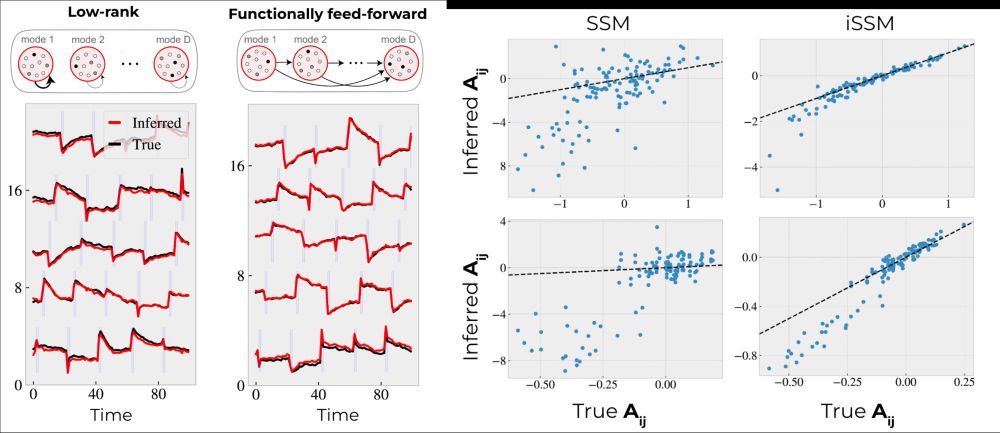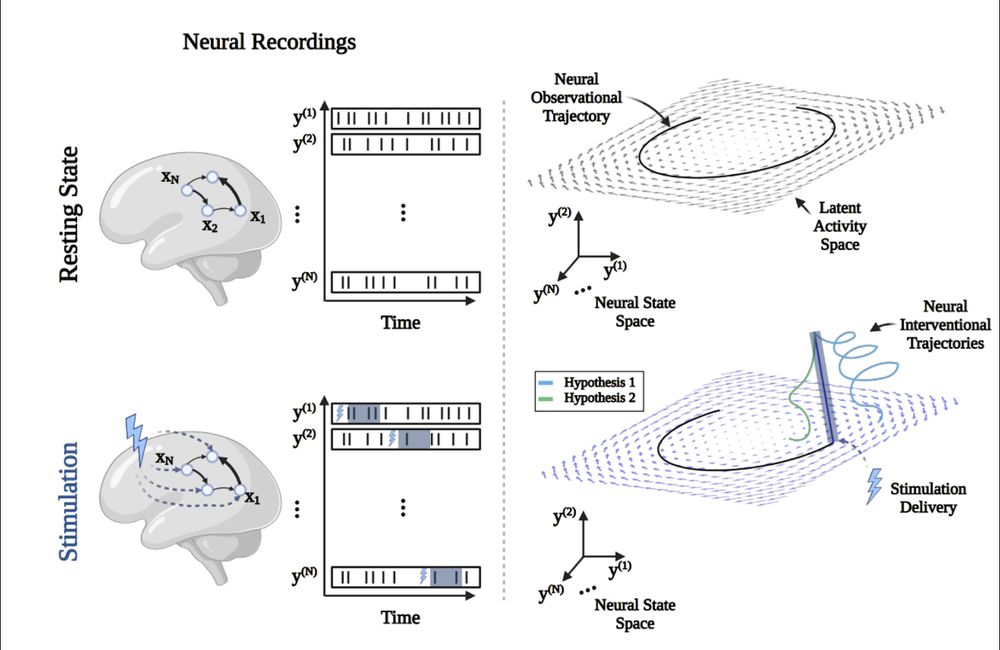
Paper: openreview.net/pdf?id=n7qKt...
Code: github.com/amin-nejat/i...
Finally, a huge thanks to my co-author Yixin Wang for her contributions (n/n).
Paper: openreview.net/pdf?id=n7qKt...
Code: github.com/amin-nejat/i...
Finally, a huge thanks to my co-author Yixin Wang for her contributions (n/n).







Code: github.com/amin-nejat/n...
Paper: arxiv.org/pdf/2412.14421
Code: github.com/amin-nejat/n...
Paper: arxiv.org/pdf/2412.14421














